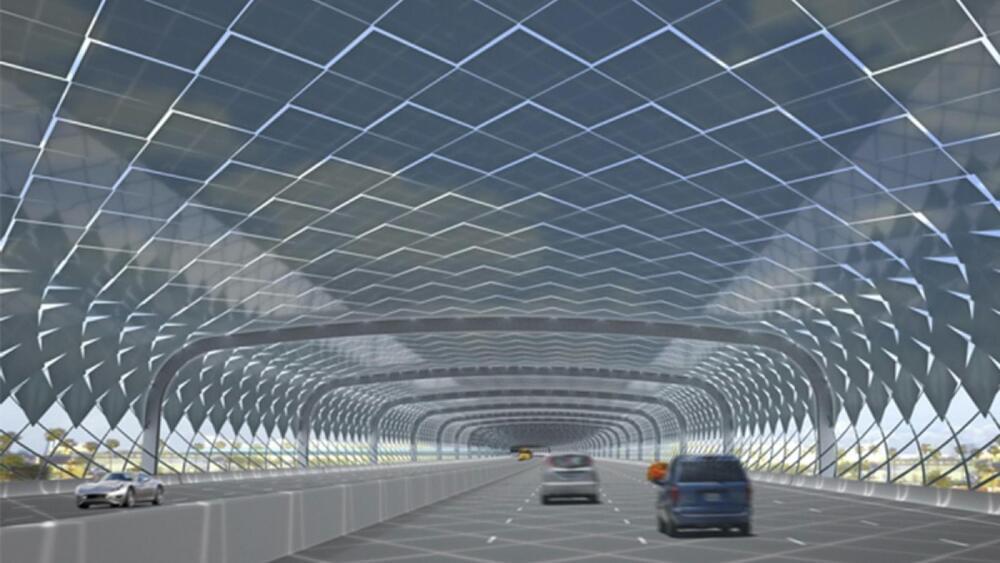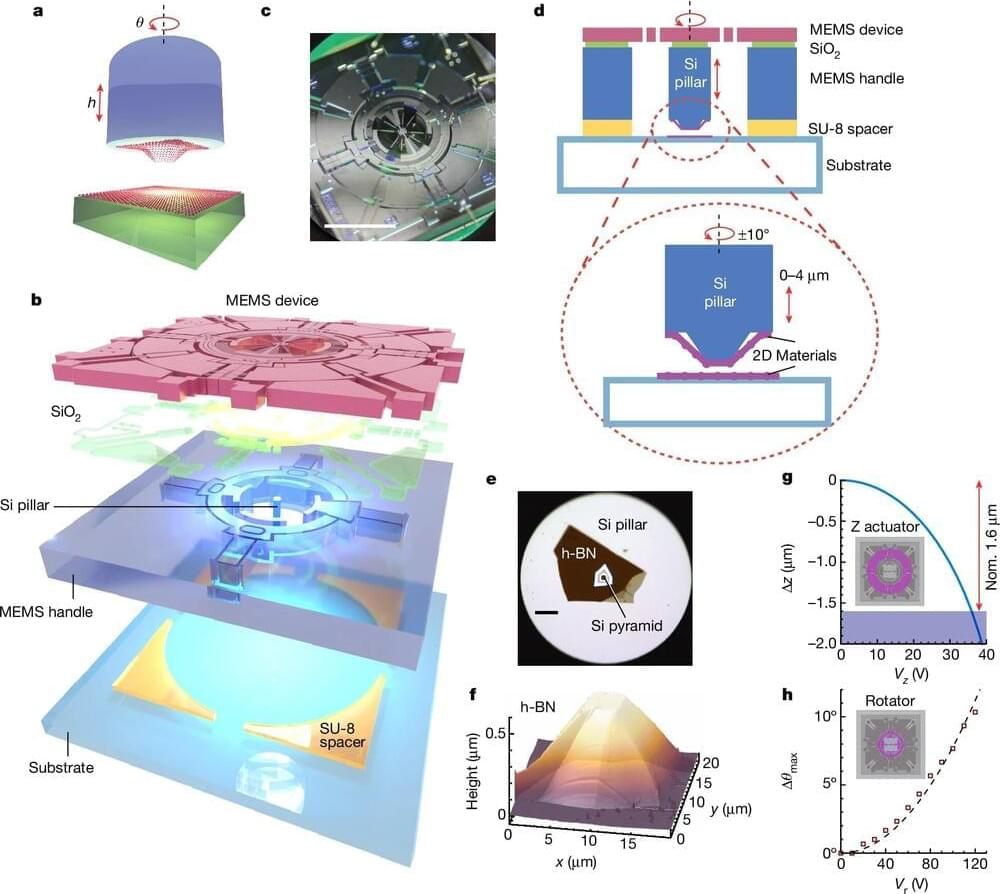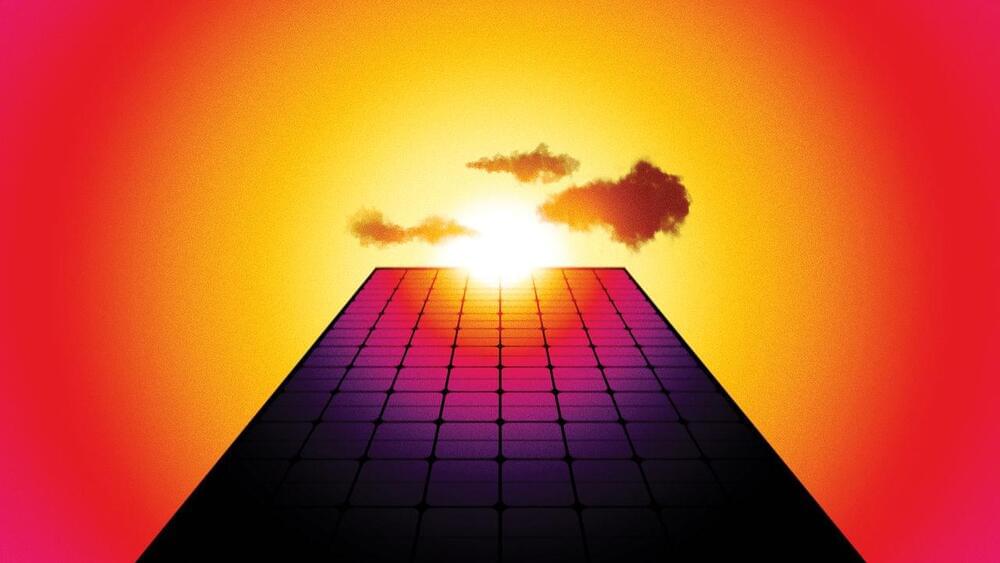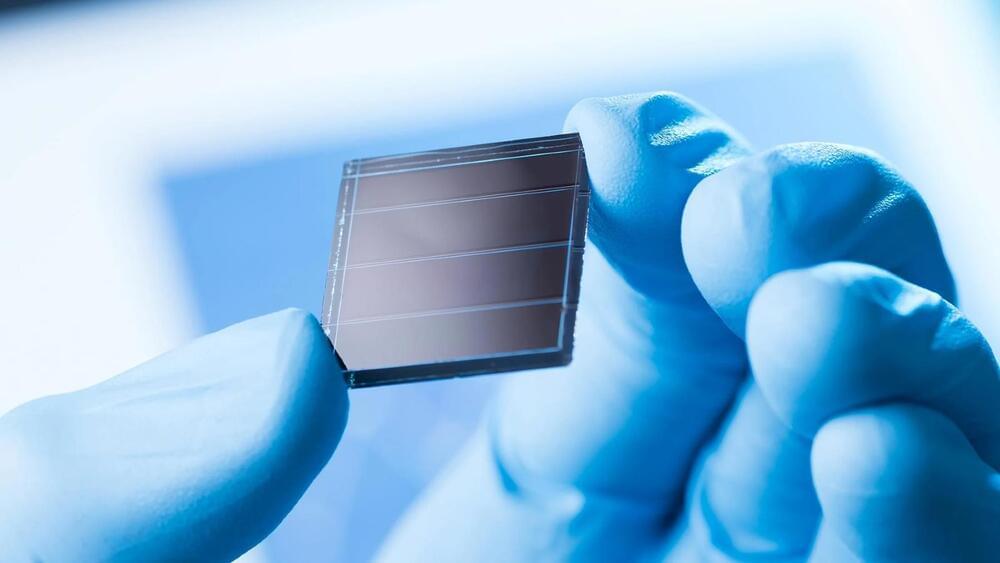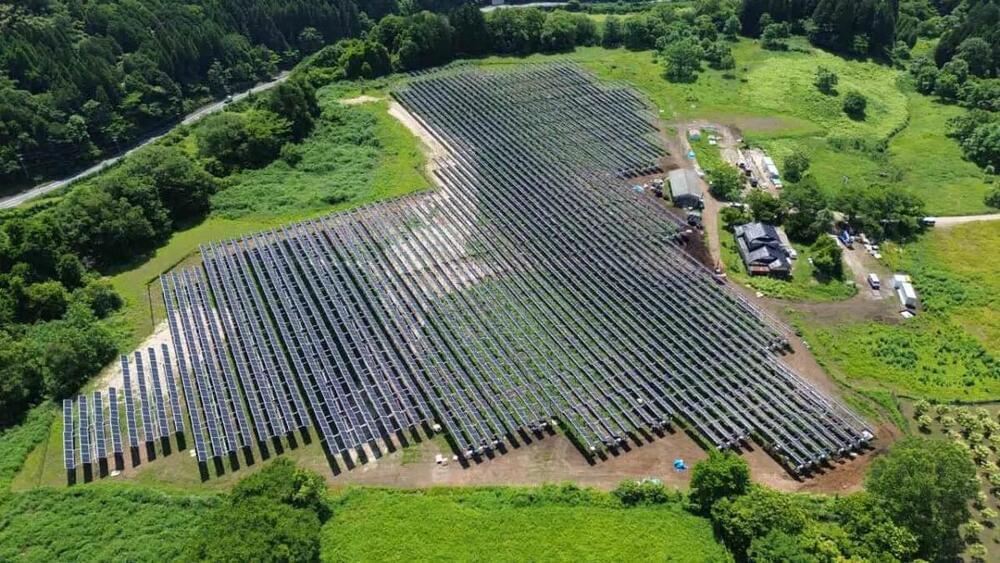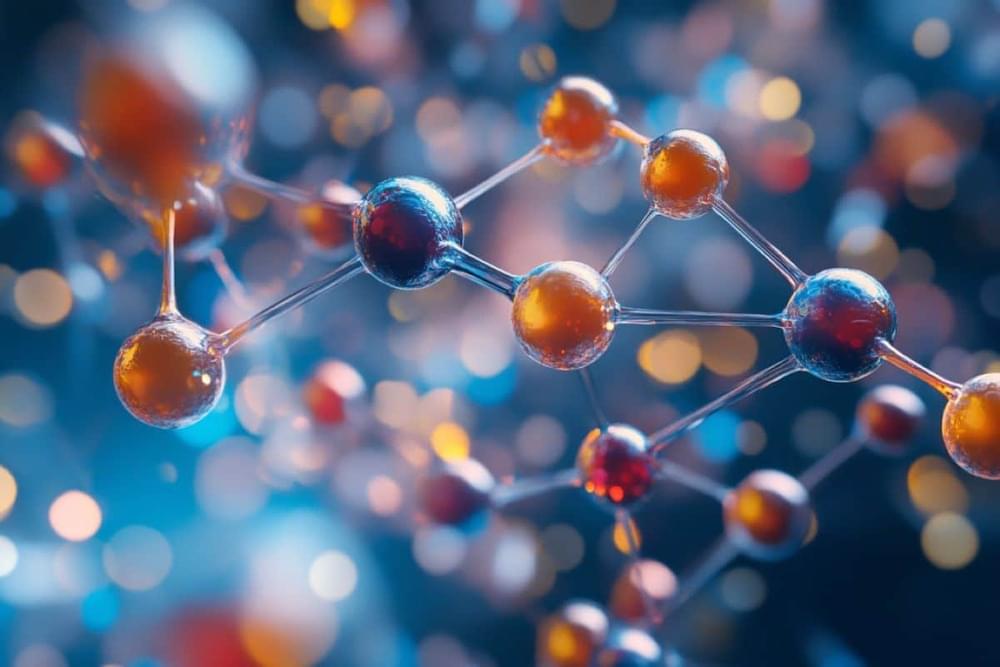52 billion solar panels could soon be covering the American highway network. Researchers from the Chinese Academy of Sciences, Tsinghua University, Chinese Academy of Geosciences, and Columbia University have proposed a historic initiative which could see major global highways covered with solar panels.
The researchers publication “Roofing Highways With Solar Panels Substantially Reduces Carbon Emissions and Traffic Losses” in Earth’s Future advocate for the deployment of solar technology across the global highway network which spans up to 3.2 million kilometers.
In doing so, the researchers estimate that up to 17,578 TWh of electricity could be generated annually. This figure is equivalent to more than a staggering 60% of 2023’s energy consumption. This could offset up to 28% of global carbon emissions and reduce road accident incidences up to 11%.
